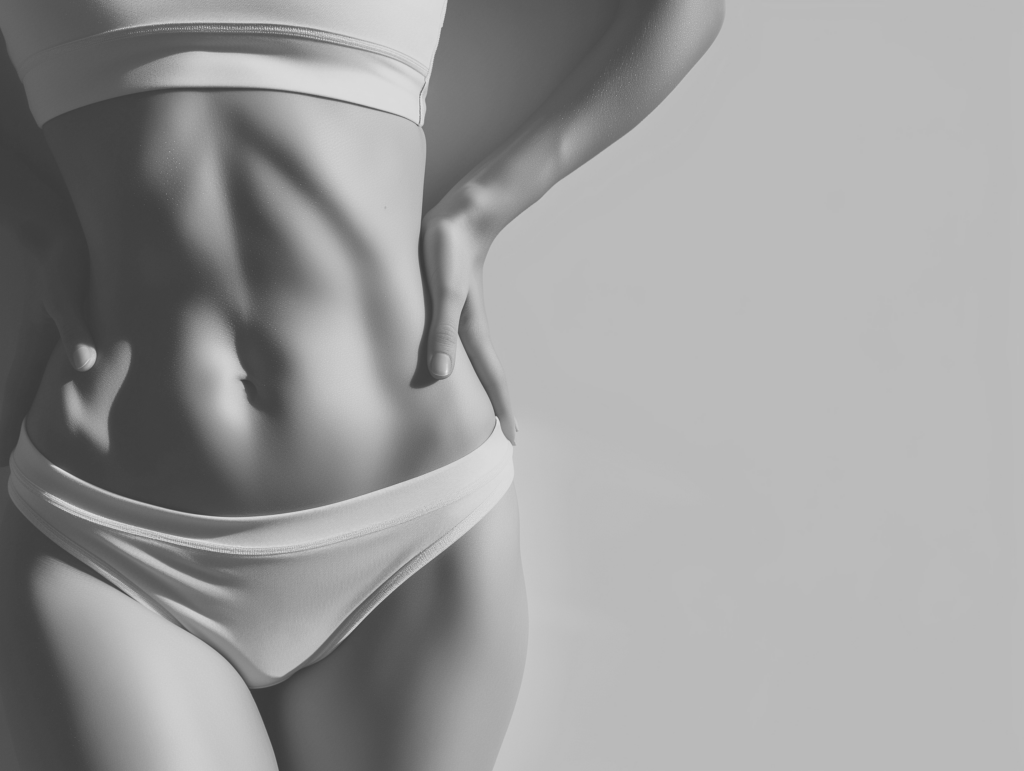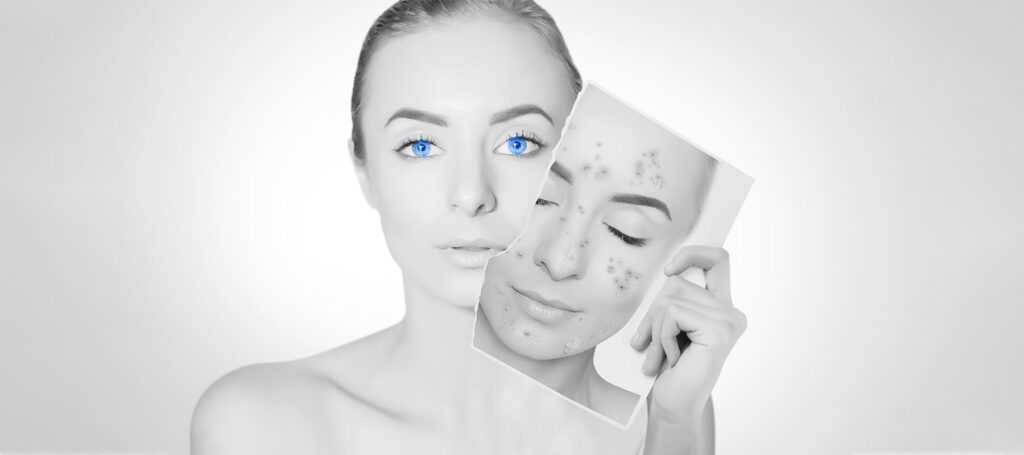Coolsculpting Questions And Answers
Similarly to liposuction, aesthetic providers use CoolSculpting to target areas of the body where it is more difficult to remove fat by diet and exercise.
CoolSculpting is noninvasive, meaning it does not involve surgery, cuts, or anesthetic, so it carries less risk than the traditional liposuction. This procedure easily replaces liposuction.
What Is Coolsculpting?
CoolSculpting is a branded, Fda-approved form of fat reduction called cryolipolysis.
CoolSculpting and other forms of cryolipolysis use freezing temperatures to break down fat cells. Cold does not damage other cells in the way it does fat cells, and so there should be no damage to the skin or underlying tissue.
During the procedure, the practitioner vacuums the skin above the area of fatty tissue into an applicator that cools the fat cells. The cold temperatures numb the area, and some people report feeling a cooling sensation.
Most CoolSculpting procedures take around an hour for two applicators. There is absolutely no recovery time because there isn’t damage to the skin or tissue. Some people may report soreness at the site of CoolSculpting, similar to that they might have after an intense workout or minor muscle injury.
Does Coolsculpting Work?
CoolSculpting and other forms of cryolipolysis have a high success rate. They are effective for removing areas of fat from the body, and have fewer side effects than other procedures, such as liposuction. Two treatment sessions are recommended for maximum results.
As always lifestyle and other factors may play a role in the success of the treatment. A person who continues to eat an unhealthy diet and remains sedentary while undergoing CoolSculpting can expect less fat reduction.
Likewise, CoolSculpting cannot tighten loose skin. If the skin has stretched around fatty buildups, a person may have excess skin after the procedure to remove the fat.
What Does The Research Say?
Research generally points towards CoolSculpting being a relatively safe and effective treatment for removing some areas of fat.
A 2015 review published in Plastic and Reconstructive Surgery analyzed 19 previous studies of cryolipolysis.
Researchers found that when the studies had measured fat reduction with a caliper, which is a tool similar to a ruler, people lost an average of 14.67 to 28.5 percent of the fat in areas treated by cryolipolysis. When the studies measured the fat reduction with ultrasound, people lost 10.3 percent to 25.5 percent.
The authors found no major health risk factors associated with the procedure. There was no reduction in liver function or lipid levels, meaning that CoolSculpting is purely a cosmetic procedure. Moreover, freezing away fat without making other lifestyle changes may not improve a person’s overall health.
A separate 2015 review published in the Aesthetic Surgery Journal that looked at 16 studies, reported that people had an average fat reduction of 19.55 percent.
The study’s authors emphasize the need for longer-term data on the procedure. Most of the studies included in their analysis were small and did not compare the results of CoolSculpting against results people would get from other cosmetic procedures or lifestyle changes.
Massaging the area immediately after treatment may improve fat reduction, though more research is needed. A 2014 study found an increase in fat reduction following massage 2 months after treatment. After 4 months, however, the difference was no longer statistically significant.
Cryolipolysis is a noninvasive procedure, so it does not require cuts, anesthesia, or medications that could cause an allergic reaction. This means that the rate of complications and side effects is lower than with more invasive procedures, such as liposuction.
The Aesthetic Surgery Journal analysis found that, of 1,445 people, only 12 people—which is less than 1 percent—reported complications. The most common complication was having less sensation than beforehand in the treated area.
Other complications may include:
- swelling
- bruising
- sensitivity
- skin redness
- localized pain
A 2015 review found no serious complications, such as bleeding, skin pigment changes, or scarring.
A 2014 article describes an isolated case of a condition called paradoxical adipose hyperplasia following cryolipolysis.
According to the article, this complication is rare, affecting just 0.005 percent of people. People with this unusual side effect experience an increase in fat cells that can cause the treated area to bulge. It is more common in men and people of Latino or Hispanic descent than in other races.
How Long Does Coolsculpting Last?
CoolSculpting destroys fat cells, and those particular cells will not return.
However, science knows little about the long-term effects or effectiveness of CoolSculpting. Most studies have followed subjects for only a few months after treatment.
Destroying existing fat cells will not prevent new fat cells from appearing. Hence, why a healthy lifestyle is vital to preserve the results of CoolSculpting. A person who does not exercise or who eats an unhealthy diet may soon see the fat return.
How Much Does Coolsculpting Cost?
Because CoolSculpting is a cosmetic procedure that does not treat an underlying health condition, insurance does not typically cover the costs.
Prices vary depending on geographic location, the skill of the treatment provider, and the size of the applicator used. It is sensible also to consider the number of treatments necessary. Areas with more fat may require more treatments.
Procedures using smaller-sized applicators, such as those used under the chin, can cost around $700 to $900. Procedures using larger applicators may cost $1,200 to $1,500 or more per session.
Alternatives To Coolsculpting
For people who want more rapid results in a single treatment, liposuction may be a better option. Because liposuction is more invasive, it also carries a much higher risk of complications than cryolipolysis.
A 2015 review reports that the rate of minor complications with liposuction is 21.7 percent. Significant complications occur at a rate of 0.38 percent.
Other types of nonsurgical fat reduction include:
- injection lipolysis, such as Kybella, which uses an injection to destroy fat cells
- laser lipolysis, such as SculpSure, which uses a hot laser to melt fat cells
- radiofrequency lipolysis, such as Vanquish, which uses radio waves to kill fat cell
The above information is being shared to you by Tara however it was pulled from Medical News Today and was written by Zawn Villines on June 8, 2018. Tara found the article very accurate and informative and is happy to share it with you all so that you can learn about the amazing Coolsculpting treatment.



